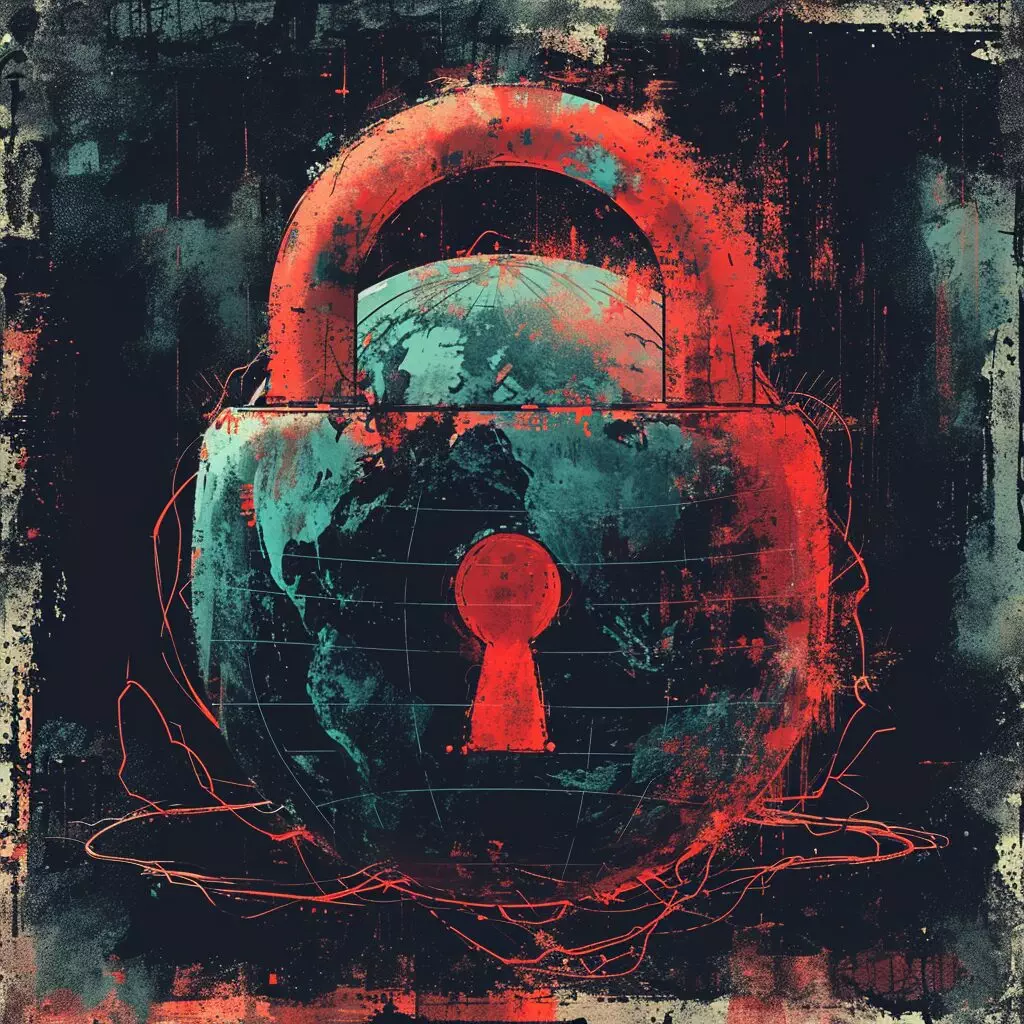While navigating, interacting with, and exploring the boundless universe of the internet, we might come across a ‘Your Connection On This Site Is Not Secure’ error message on Chrome. This issue can impede our digital journey.
As seasoned web navigators, we understand this isn’t just a minor glitch; it’s a serious security concern. In this article, we delve into the causes and solutions to this SSL conundrum, guiding you toward a secure online experience.
Key Takeaways
- The ‘Your Connection Is Not Secure’ warning suggests potential risks with a website’s SSL certificate.
- Visual cues such as a padlock with a red line or an exclamation mark often accompany the warning.
- Troubleshooting steps include checking for browser updates, clearing cache, and adjusting date and time settings.
- If troubleshooting fails, contact the website owner or support to address SSL certificate issues.
Understand ‘Your Connection Is Not Secure’ Warning
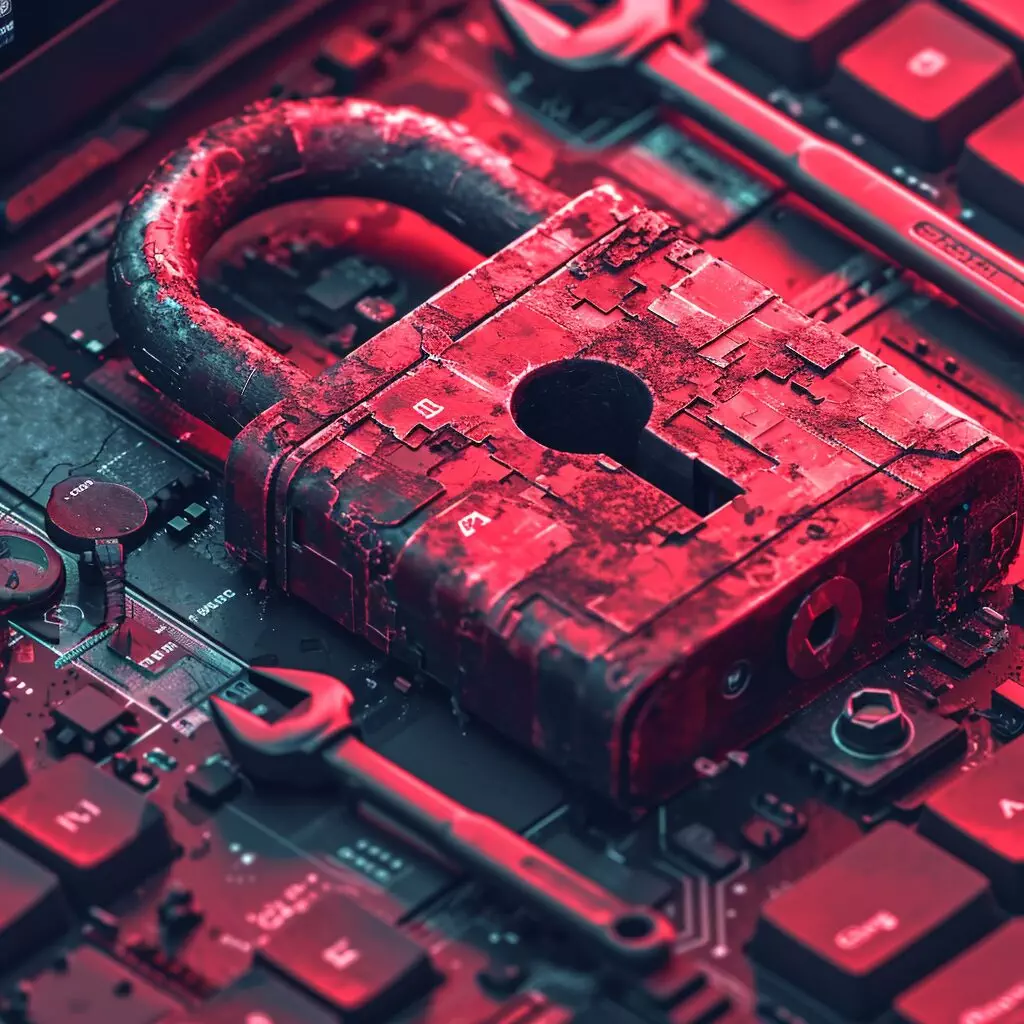
The ‘Your Connection Is Not Secure’ warning in Chrome signals a potential risk with the website’s SSL certificate. This error isn’t just an annoyance—it’s a red flag signaling a threat to our online freedom.
A secure connection, crucial for our privacy while using browsers like Google Chrome or Mozilla Firefox, is undermined by an invalid SSL certificate.
Distinguish this warning from the ‘Your Connection On This Site Is Not Secure’ alert, which often points to issues on our end, like an incorrect system clock or a network hiccup. But when the problem lies with the website’s SSL certificate, it’s a matter that requires our immediate attention.
To maintain our digital freedom, we need to troubleshoot. This involves updating our browser, clearing the cache, and ensuring our system’s time is accurate. Our right to a safe online experience is paramount.
Recognize the Indications of an Insecure Website Connection
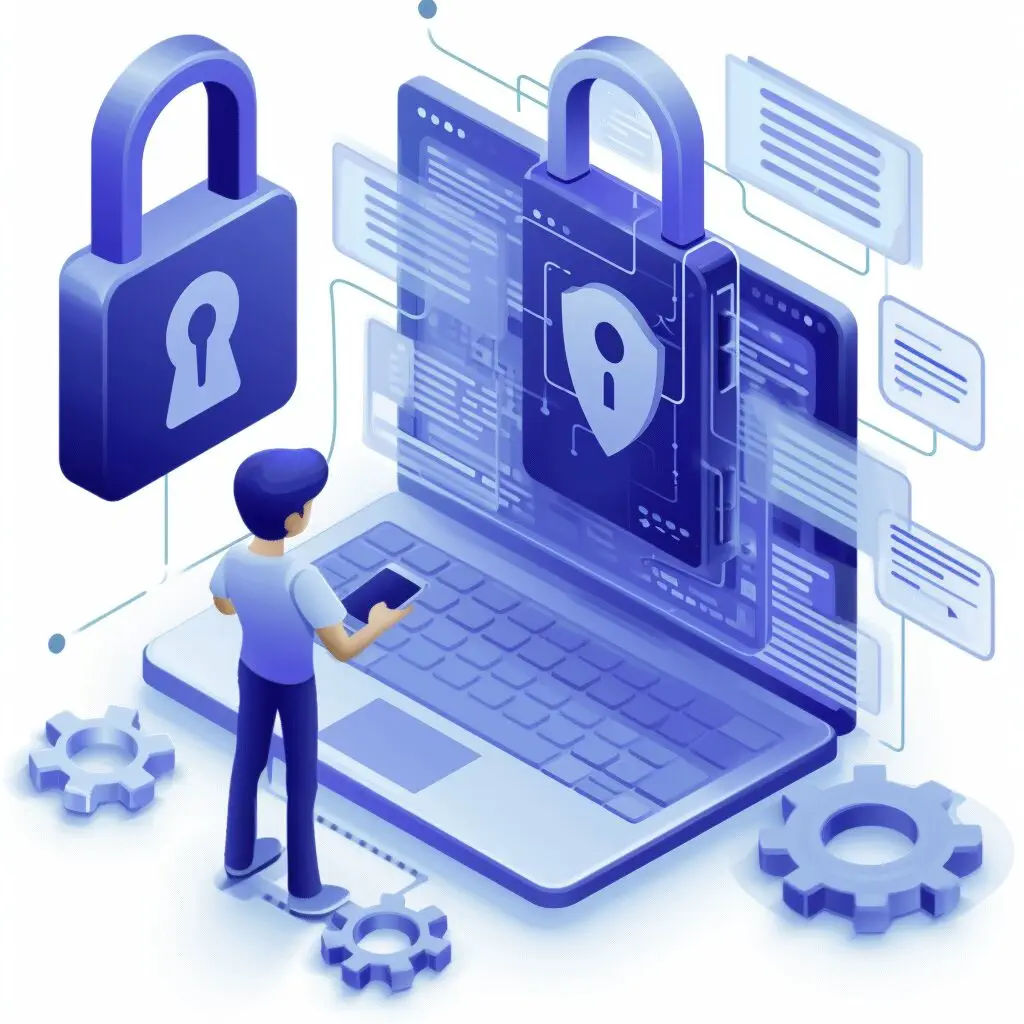
Spotting an insecure website connection starts with clear browser warnings. The ‘Connection Is Not Secure’ error is a blunt indication that the connection isn’t safe in browsers like Safari or Microsoft Edge, often due to issues with the SSL certificate.
These warnings are not to be ignored. Error codes, like the ‘Connection is Not Secure,’ serve as the internet’s way of warning us about potential risks to our information, especially if the site has configured its website improperly.
Visual cues like a padlock icon with a red line or an exclamation mark are key indicators that something’s amiss. This is an alarming cue that your connection on this site is not secure.
Decipher Why This Error Message Occurs
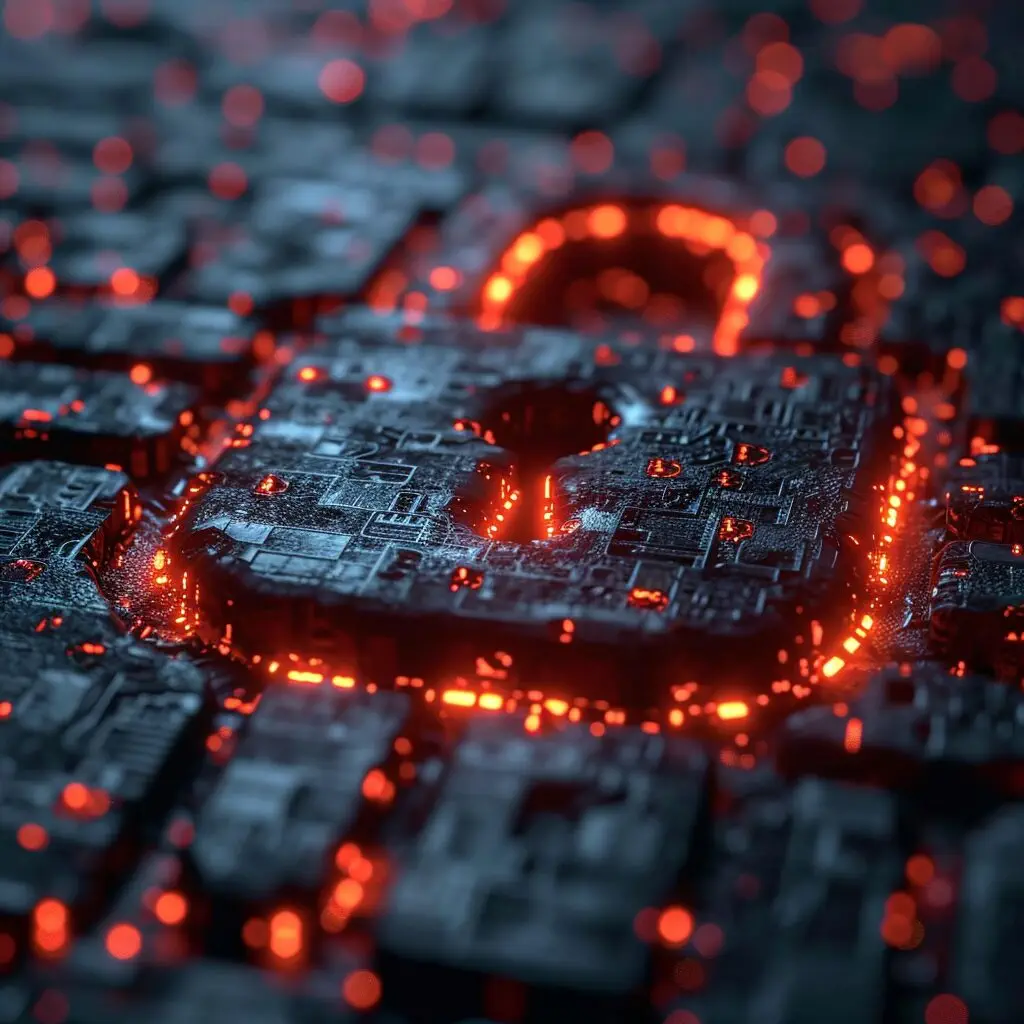
The ‘Connection to this site isn’t secure’ error code, often experienced when using Safari, indicates a problem with the site’s SSL certificate. This digital certificate is essential for creating a secure connection between our web browser and the website’s server.
Causes can range from improper website configuration by the site owner, such as an outdated SSL certificate, to misconfigurations in our network settings or outdated browsers. Ensuring our devices’ date and time are accurate is crucial since SSL certificates are time-sensitive.
Practical Ways to Fix ‘Your Connection Is Not Secure’ Issue

Let’s address solutions to resolve the ‘Your Connection Is Not Secure’ error:
- Refresh the Page: A simple refresh can sometimes clear the error.
- Clear Browser Cache & Cookies: This removes data that could cause the issue.
- Check Browser’s SSL State: Ensures correct processing of SSL certificates.
- Adjust Date and Time Setting: Fixes mismatches affecting the HTTPS connection.
When to Contact the Website Owner or Support Team
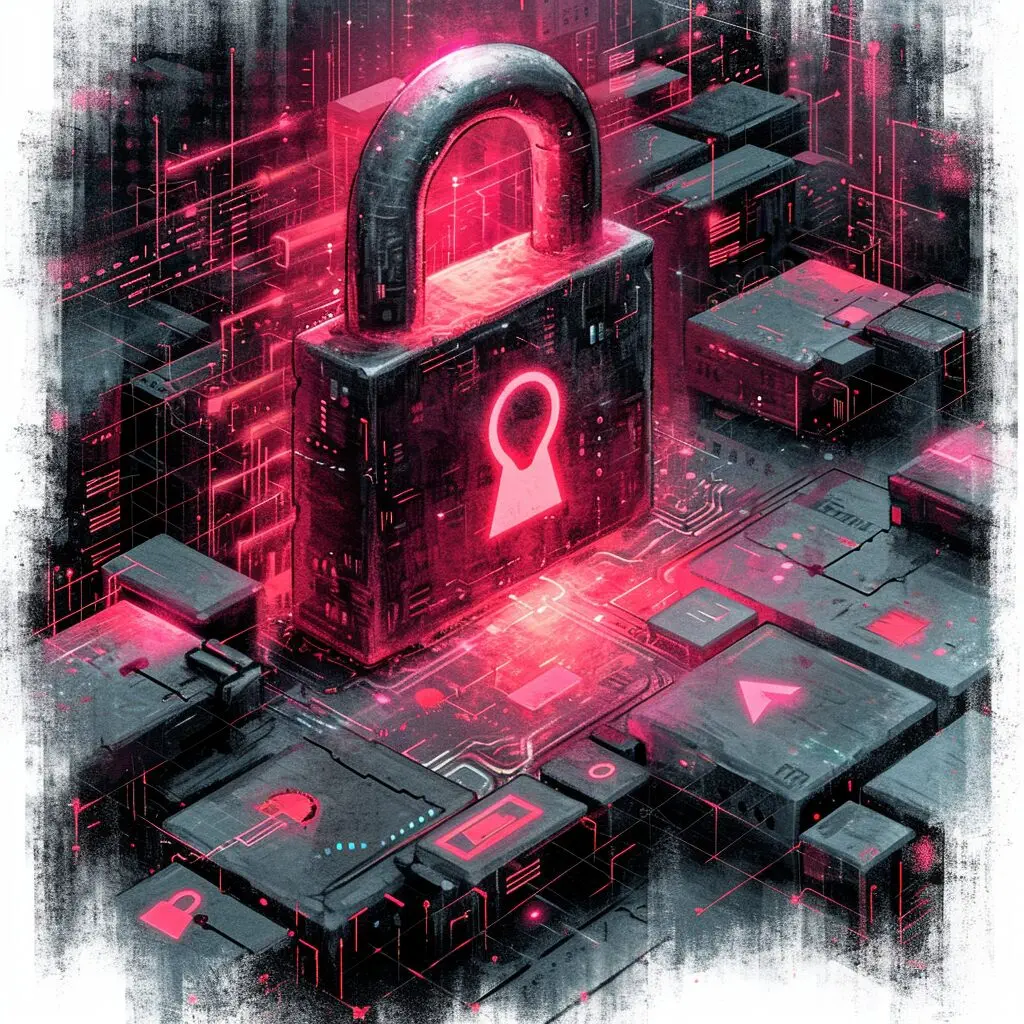
If the SSL error persists after troubleshooting, it’s time to contact the website owner or support team. They can verify the SSL certificate’s functionality and address any issues on their end.
A valid SSL certificate encrypts our data, keeps personal information safe, and prevents snooping on our online activities. By reporting issues, we’re advocating for a safer internet for everyone.
How Can I Ensure My Connection on Firefox Is Secure and Avoid SSL Errors?
If you’re looking to ensure your connection on Firefox is secure and avoid SSL errors, consider installing useful Firefox plugins for Twitter. These plugins can help enhance your online security by adding an extra layer of protection and alerting you to any potential security risks while browsing.
Conclusion
We’ve navigated through SSL errors, providing practical advice to address the ‘Your Connection Is Not Secure’ warning. If you’ve exhausted all solutions, the next step is to contact the website’s support team.
Stay vigilant and proactive to ensure your online browsing is secure and smooth.
Frequently Asked Questions
Why am I seeing the “Your connection On This Site is not Secure” error on my Chrome browser?
One of the reasons you may be seeing the “connection is not private” error in your Chrome browser could be because the website may have configured it improperly or does not provide a secure connection. Another reason for this error could be that you are trying to access a website from a public Wi-Fi network, which may not be secure. In such cases, it is recommended to use a VPN for added security. Additionally, make sure that you are only entering sensitive information, such as passwords or credit card details, on websites with a secure connection. Also, ensure that you are entering the correct URL for the website you are trying to access. Sometimes, adding mobile app URL in Amazon can cause the “connection is not private” error if the website does not support the mobile app URL properly.
How does an SSL certificate affect my website connection?
An SSL (Secure Sockets Layer) certificate is a type of digital certificate that provides authentication for a website and enables an encrypted connection.
When you see the “your connection is not secure” warning, it likely means the website has an outdated, malformed, or missing SSL certificate, which breaks the HTTPS encryption.
Why do I get a secure warning in my Firefox browser saying the site is not secure?
Firefox provides a secure warning when it doesn’t attribute a secure connection to the site. your connection on this site is not secure This could be due to an issue with the website’s SSL certificate or the website may be impersonating another, which poses a risk of data theft. It could also be because the website is not using HTTPS.
When Firefox gives the “your connection is not secure” warning, it means data sent to and from that site could be insecurely intercepted since it is not encrypted through HTTPS.
The reasons vary – an expired SSL cert, mixed HTTP/HTTPS content, or the site not fully supporting HTTPS. Regardless of the cause, users should avoid entering any sensitive data on sites showing the unsecured connection alert in Firefox or other browsers, as it likely means the connection is vulnerable.
How can I provide a secure connection and fix the Chrome SSL error?
You can ensure a secure connection and resolve the Chrome SSL error by verifying the website’s URL and domain name, checking the SSL certificate, and ensuring that the website uses HTTPS.
Furthermore, you may check your system’s date and time, clear the browser cache, or temporarily disable your antivirus software to see if that is causing the problem if message an alert that says, “Your connection on this site is not secure”.
How can I ensure I always have a secure connection on my browser?
Ensuring a secure connection primarily involves checking the website address in your address bar for ‘HTTPS’ and a padlock symbol. This indicates the site is using encryption to secure your data.
You can also keep your browser updated to ensure the latest security features are implemented and regularly review your antivirus settings. This is especially important because, currently, your connection on this site is not secure.

